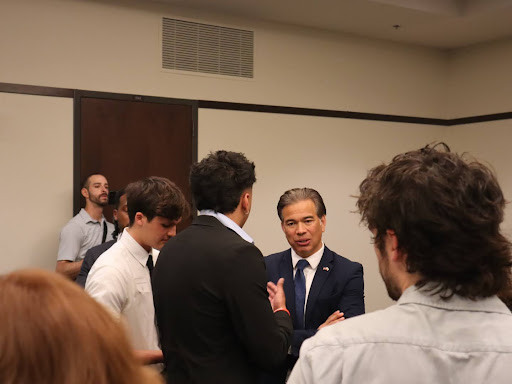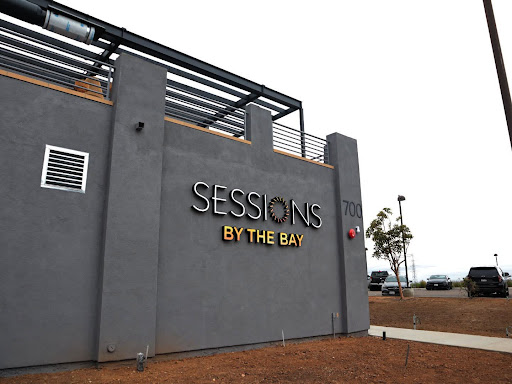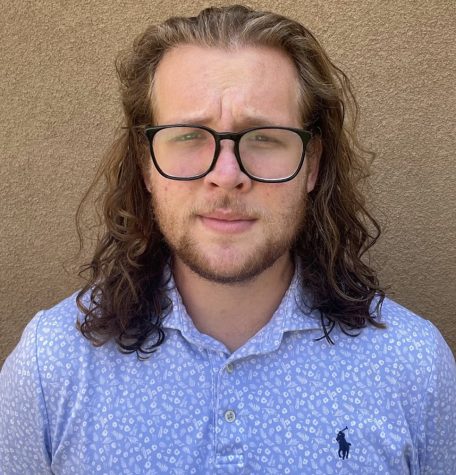San Diego State University Teaching Associates will have benefits changed after the university approved a new plan for the academic year, causing many instructional appointments for TAs to be moved from .5 appointments (20 hours) to .4 appointments (16 hours) or lower.
The 20 hours are a minimum benchmark for various programs and other benefits TAs use.
“I transferred to SDSU with the understanding that I would have guaranteed health benefits throughout my studies until graduation,” said Briana Tatum, biology TA and Ph.D. student. “I am absolutely appalled and disheartened by the prospect of losing my health benefits while I’ve dedicated the past three years of my life to SDSU in good faith as a graduate student.”
Teaching Associates provide direct instruction to undergraduate students under the supervision of senior faculty while working on their graduate degrees. The association consists of graduate assistants, instructional student assistants, instructional teaching assistants and research assistants.
After the email was sent about the changes, members of UAW 4123 delivered an open letter to the university on June 23 stating how the changing of appointments “not only reduces income for hundreds of graduate student workers during a time of rapid inflation and housing insecurity but also eliminates the health and the welfare benefits that many of us have depended on for years.”
This morning, SDSU TAs delivered the Open Letter to the SDSU Prez and to SDSU Dean of Grad Studies. Over 700 TAs, Academic Student Workers, and allies signed the letter. We are not accepting SDSU eroding our TA jobs! pic.twitter.com/AUhawD2KGo
— UAW Local 4123 (@UAW4123) June 23, 2022
There have yet to be any agreements in writing with the university, which has resulted in unsigned annual contracts as the fall semester approaches, according to UAW representatives.
In coordination with the UAW, several TAs held a rally at San Diego State University on June 29.
In a statement sent during the protest, the university said that it was true that the plan would result in changes, but “it is not accurate to say that TA hours are merely being cut; any change in hours will be made to ensure that TA appointments align directly with teaching loads and expected instructional effort.”
According to the statement, the plan is designed to define clear and predictable workload expectations, align graduate student compensation with workload and teaching expectations, improve the level of compensation offered and ensure students are able to make good progress towards degree completion.
View this post on Instagram
During the rally, protesters mentioned that they chose to pursue their education at SDSU with the perception that they would have guaranteed benefits.
“I want SDSU to really consider the impact they are having on undergraduate education with these types of decisions,” Tatum said. “Because we are undergraduate education as TA’s.”
According to the university, students can choose from Anthem student advantage plan or can explore coverage outside of the school. For more information on the Graduate Student Health Insurance Program, click here.
Garland Gerber, social work Ph.D. student and TA, shared she has a dependent who relies on the health benefits previously offered by the university under the CALPERS plan.
“I left my career making good money and full benefits,” Gerber said. “I took that leap as head of household because I knew I would have certain benefits and security promised to me in contract from the graduate program for myself and my son.”
There was also confusion about the university’s statement on tuition assistance, which would be for those TAs at an appointment level of .2 or above.
Lark Winner, UAW 4123 president, said the university was unable to answer how many of the TAs already get assistance for tuition.
“It’s very difficult for graduate student workers to be told what’s best for them when the university has not even done the math themselves to know how many (students) are going to benefit from this,” Winner said.
The dispersion of the 1.5 million for graduate students that was in the statement by the university was also never explained, according to UAW representatives.
“They had nothing prepared,” Winner said. “They said they will have to get back to us on it and when pressured they threw out a couple of numbers that didn’t really have context to them.”
Another meeting was held on July 20 between UAW and the university. There was nothing agreed in writing, according to an email from UAW representatives.














